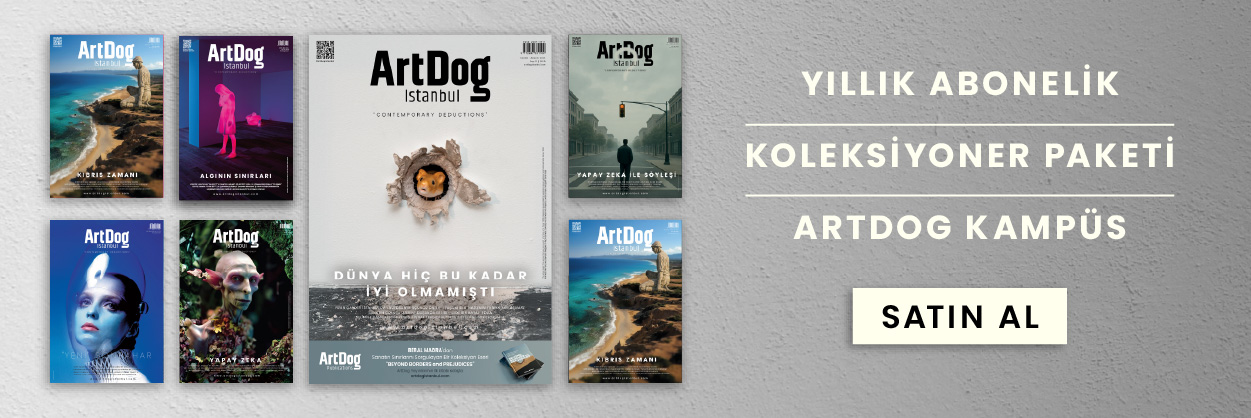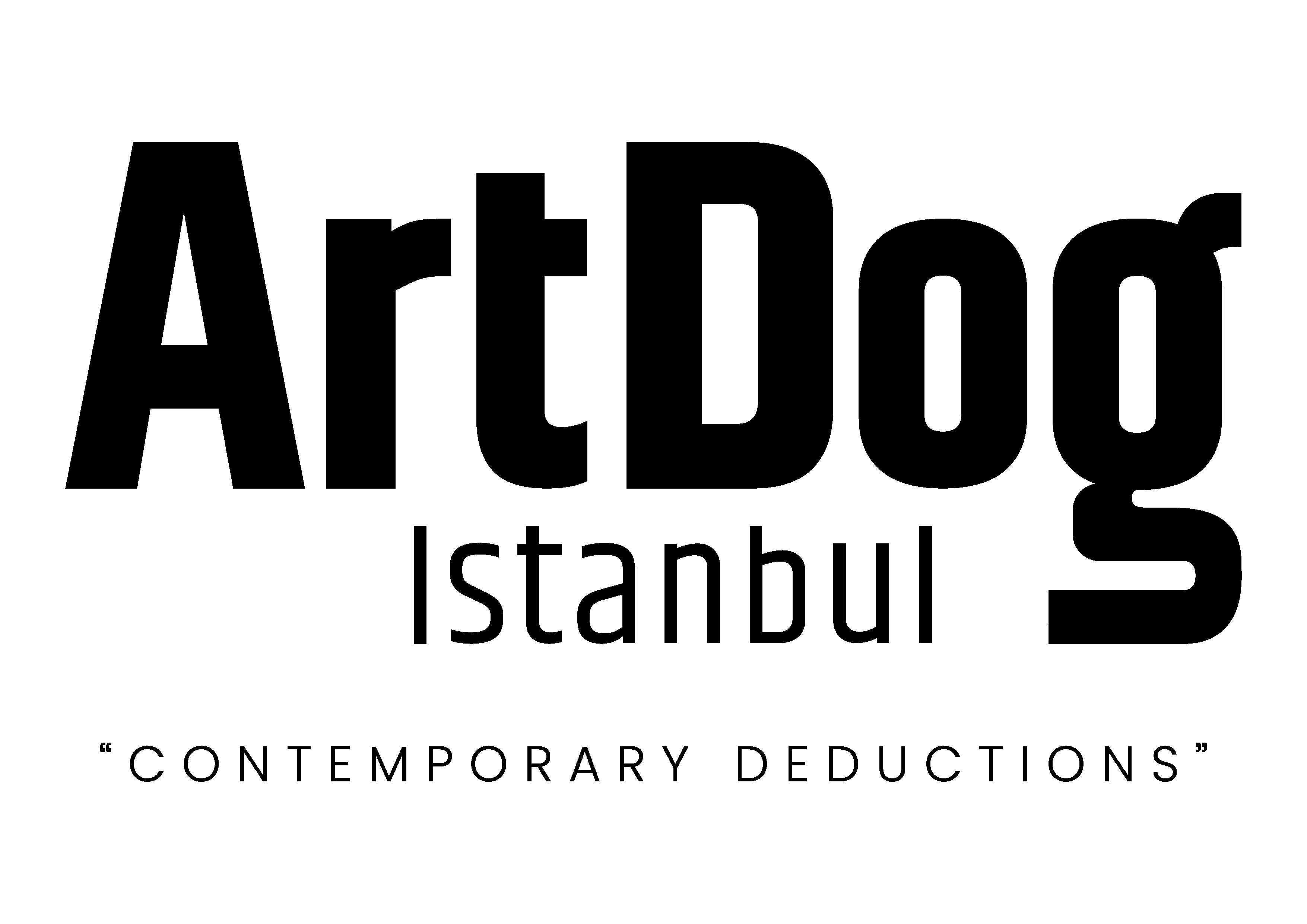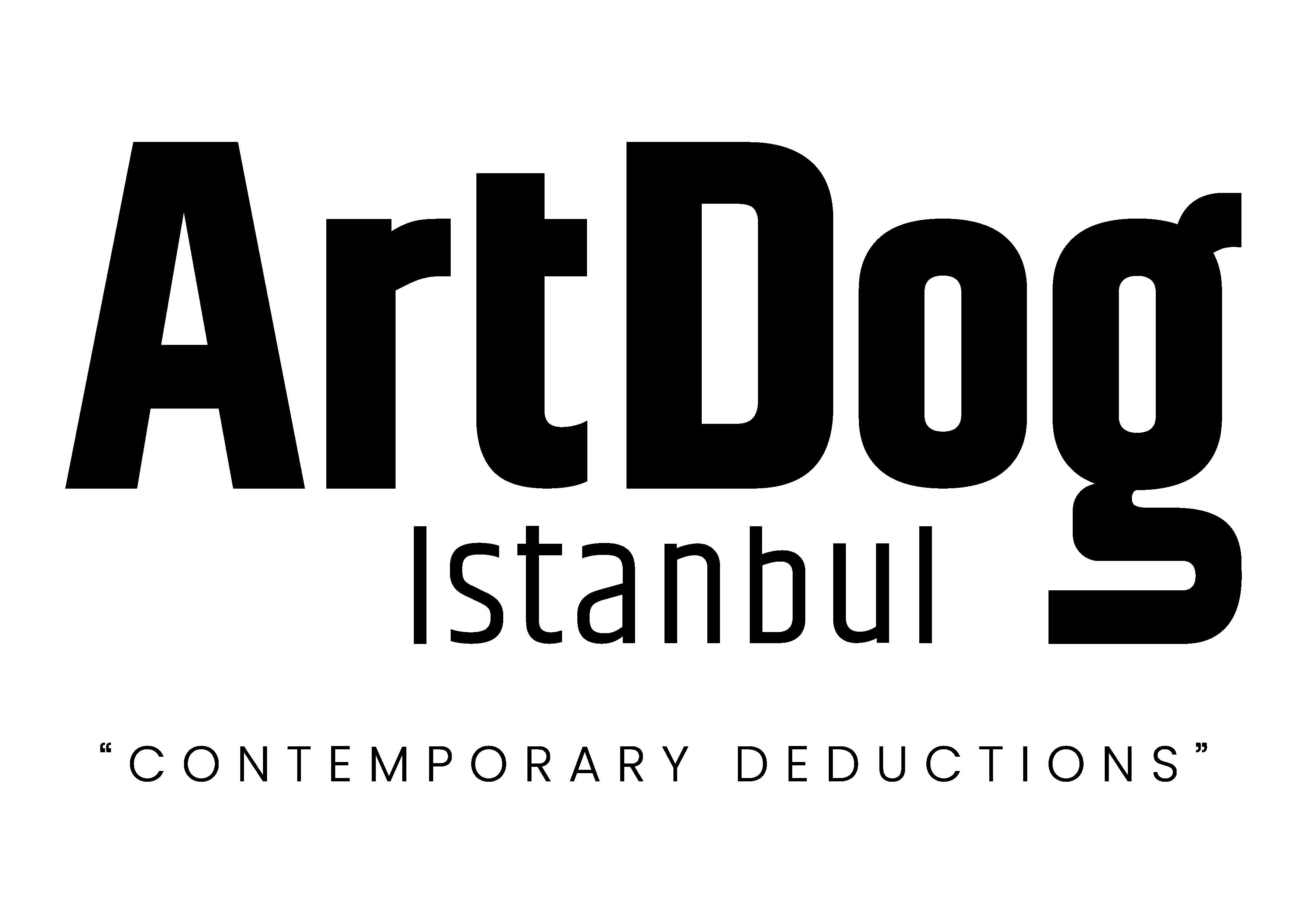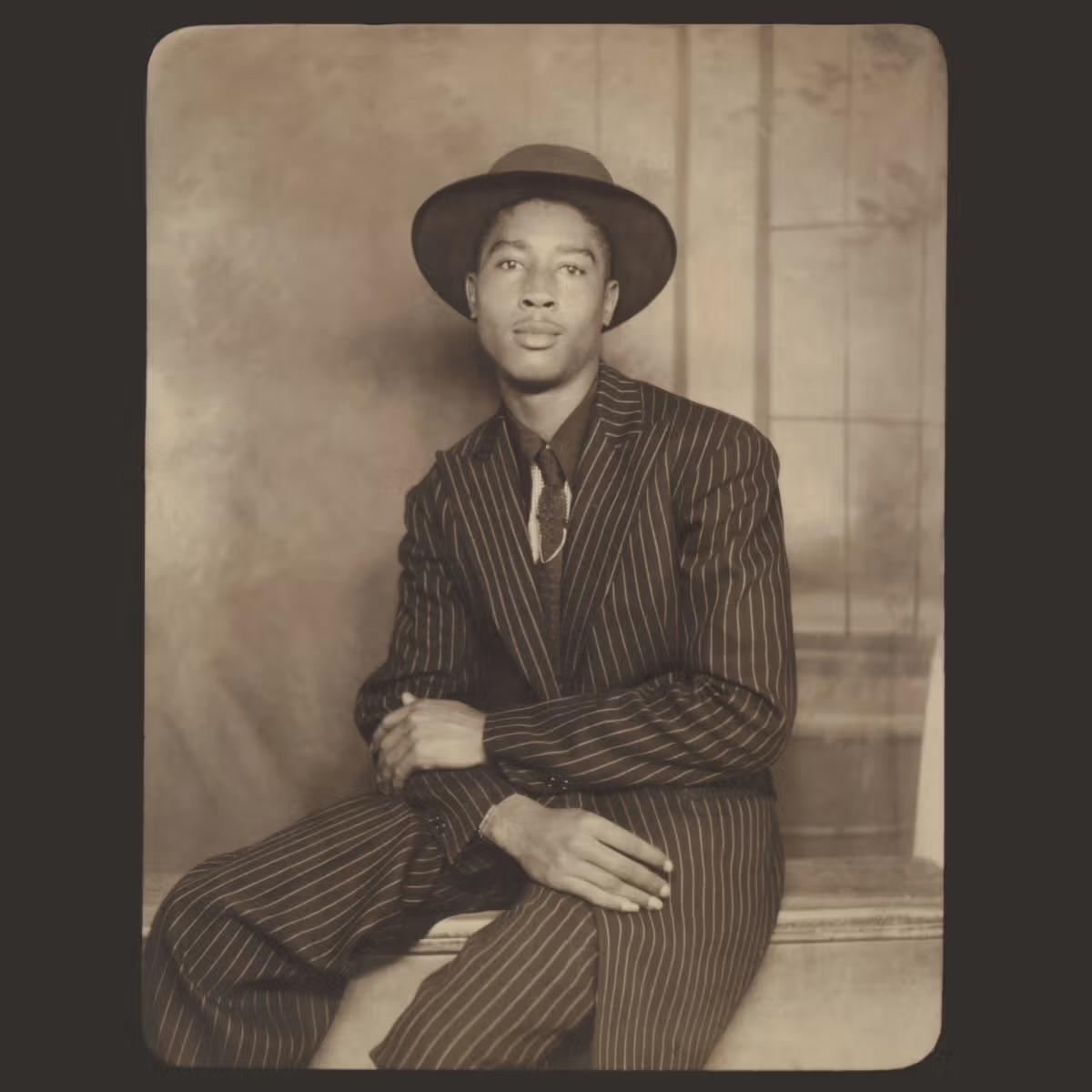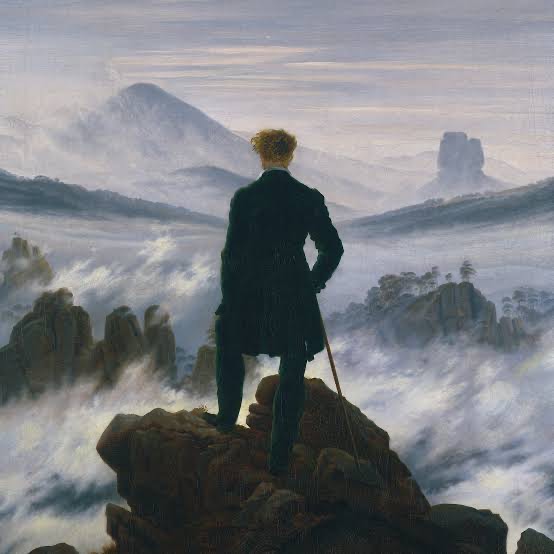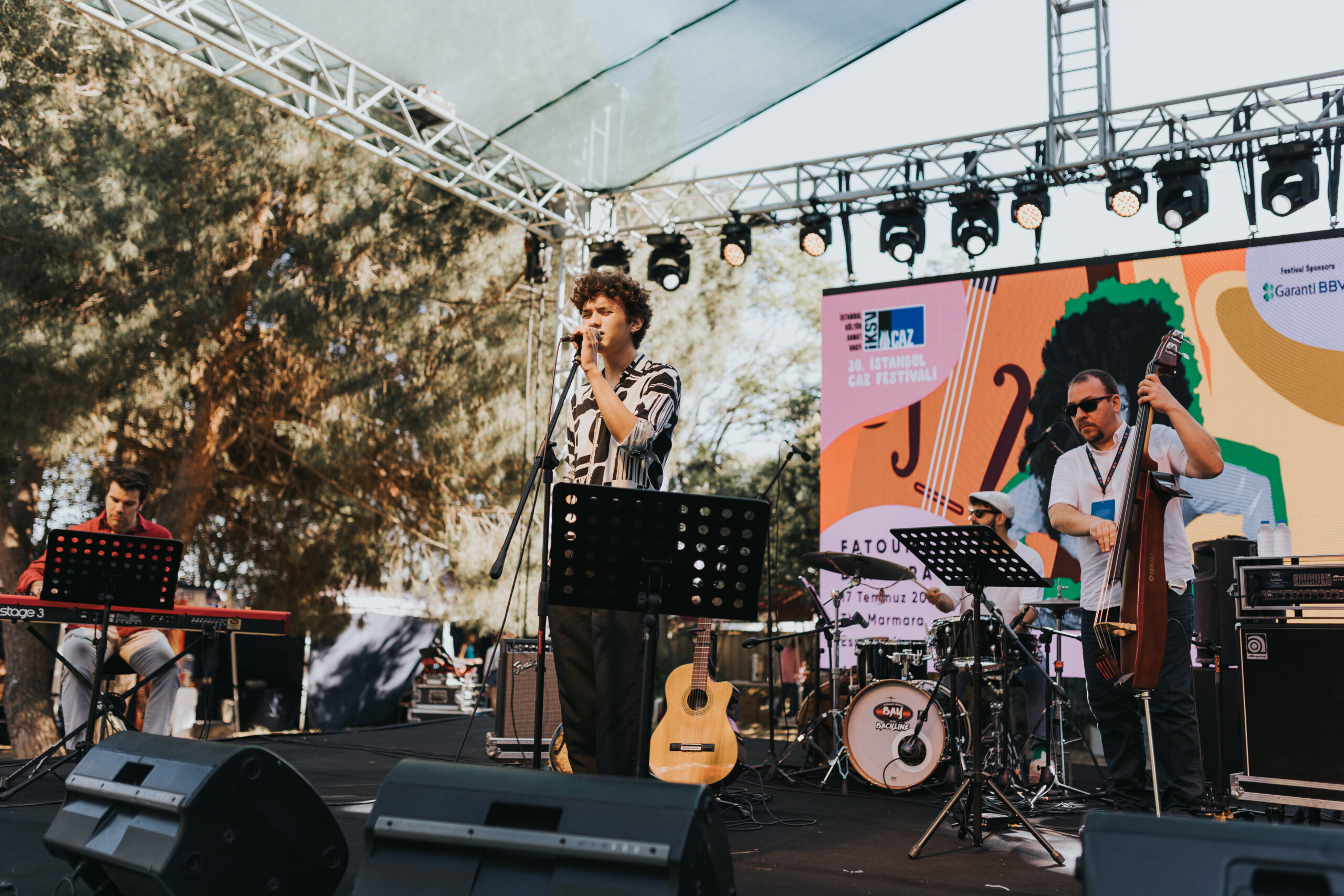The Costume Institute at the Metropolitan Museum will delve into how clothing and style have contributed to the development of the “Black Dandy” identity in its Spring 2025 exhibition. In alignment with this showcase, the highly anticipated Met Gala 2025 has also embraced the theme “Black Dandy.”
New York’s Metropolitan Museum (The Met) is set to spotlight Black men’s fashion in its Spring 2025 exhibition. Titled Superfine: Tailoring Black Style, the showcase delves into the evolution of Black men’s fashion and the “Black Dandy” figure, which emerged in late 18th-century Europe, from cultural, historical, and artistic perspectives. This highly anticipated fashion exhibition presents an extensive archive featuring garments, accessories, sketches, prints, paintings, photographs, and film excerpts. Centering on Black men’s sartorial traditions, the exhibition will run from May 10 to October 26.
The Black Dandy represents a refined and stylishly dressed Black man, a figure that first appeared in late 18th-century Europe. The exhibition examines Black dandyism as both an aesthetic and political movement, drawing inspiration from professor and African studies expert Monica L. Miller’s 2009 book, Slave to Fashion: Black Dandyism and the Styling of Black Diasporic Identity. Miller also serves as a guest curator for the exhibition alongside Andrew Bolton, the Costume Institute’s head curator.
This in-depth exploration of the dandy figure stands out as the first major exhibition in two decades dedicated exclusively to men’s fashion. Notably, it is also the first exhibition under Bolton’s leadership to feature a guest curator. The showcase traces the Black Dandy from its European origins in the 18th century to its modern-day interpretations in cosmopolitan cities such as London, New York, and Paris.
In an official statement, The Met underscores the exhibition’s significance, noting:
“These narratives position Black dandyism not merely as a fashion style but as a distinct phenomenon that offers a broader perspective on power and race within the Black diaspora.”
Curator Andrew Bolton describes the exhibition as “a crucial step in our commitment to diversifying our exhibitions and collections, as well as addressing some of the historical biases in curatorial practice.”
Monica L. Miller explains that, historically, Black men have used fashion as a strategy to rethink identity, reimagine the self in a different context, challenge societal boundaries—particularly during slavery—and even push the limits of who and what is considered human. She further states that the exhibition will showcase how Black individuals transitioned from being enslaved and styled as luxury objects to becoming autonomous, self-fashioning global trendsetters. Like her book, the exhibition offers a deep exploration of how Black fashion has developed its own unique languages and existed beyond the traditional realms of white fashion.
In alignment with the Spring exhibition, the Met Gala 2025—one of the most prestigious events in the fashion world—has adopted the theme “Black Dandy.” The grand spectacle is expected to highlight zoot suits, velvet, and brocades, celebrating the elegance and defiance embedded in Black dandyism.
This year’s gala will be co-chaired by Vogue’s Anna Wintour, Formula 1 driver Lewis Hamilton, producer and Louis Vuitton menswear designer Pharrell Williams, basketball star LeBron James, and actor Colman Domingo.
Originally launched in 1948 to support the New York Costume Institute, the Met Gala takes place annually on the first Monday of May at the Metropolitan Museum of Art in New York City. In 2025, the event is scheduled for May 5.
The Black Dandy emerged in late 18th-century Europe, characterized by an exceptional attention to dress, elegance, and style. The term “dandy” generally describes someone highly meticulous about fashion, aesthetics, and individual expression. The Black Dandy represents the evolution of this figure within the Black community.
Beyond fashion, Black Dandyism serves as a form of resistance against social norms, stereotypes, and oppression. This identity developed in response to the Atlantic slave trade, as Black men sought ways to assert cultural expression and define their place in society. Through clothing, gestures, and posture, Black Dandies transformed societal perceptions and embraced individualism.
Historically, particularly in the post-slavery era, Black Dandyism has empowered Black individuals to challenge and redefine social status through fashion and style. It is not merely an aesthetic choice but a political and cultural statement, symbolizing resilience, self-determination, and artistic defiance.

